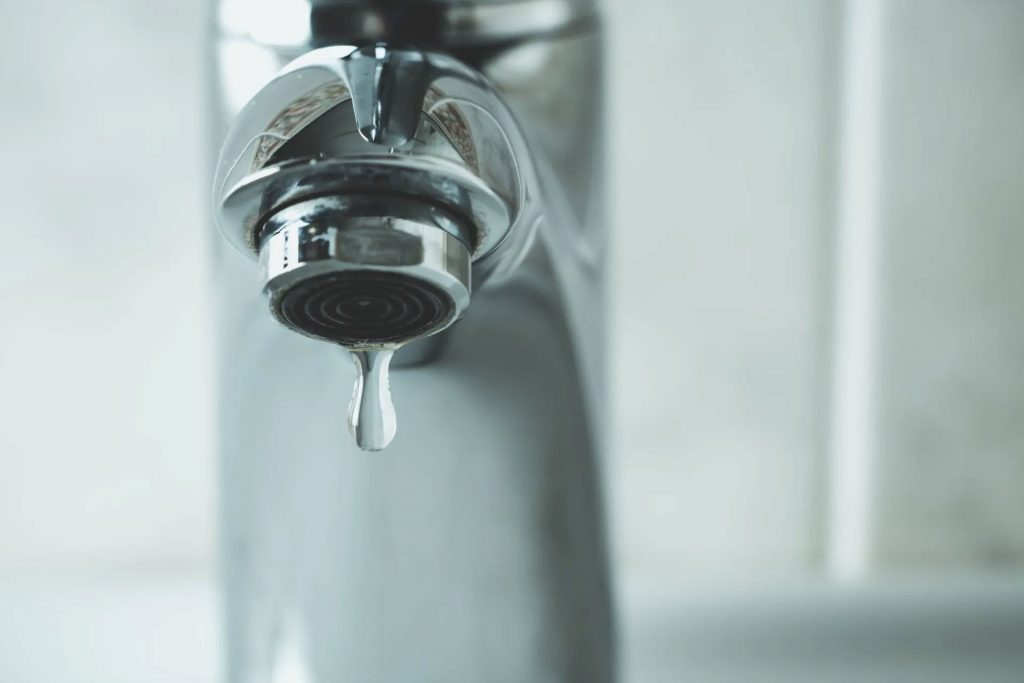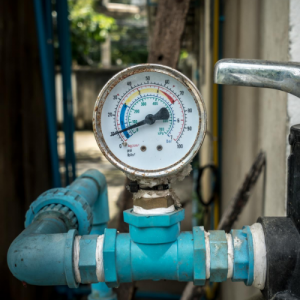In this article further down you will discover a good deal of amazing insights related to 4 Ways to Troubleshoot Low Water Pressure.

Low tide stress in your home can be a frustrating issue, influencing whatever from bathing to cleaning dishes. If you're experiencing weak water flow, there are numerous possible reasons and solutions to explore. In this overview, we'll go over common factors for low tide pressure and functional actions to address the concern successfully.
Intro to Low Tide Stress
Low water pressure takes place when the circulation of water from your faucets, showers, and other fixtures is weaker than common. This can make everyday tasks much more challenging and much less reliable. Recognizing the reasons for low tide stress is important to discovering the right solution.
Common Reasons For Low Tide Stress
Faulty Pressure Regulatory Authorities
Pressure regulators are responsible for maintaining constant water stress in your house. If they malfunction, it can cause low tide stress or uneven circulation throughout your home.
Local Supply Of Water Issues
Often, the issue exists outside your home. Municipal supply of water issues, such as main line leaks or upkeep work, can momentarily lower water stress in your location.
Pipe Obstructions
With time, pipes can end up being obstructed with mineral deposits, debris, or debris, restricting the flow of water. This is an usual concern in older homes with galvanized steel pipelines.
Corrosion
Rust within pipelines can bring about leakages and decreased water stress. Rust build-up can tighten water flow, specifically in aging plumbing systems.
Exactly How to Diagnose Low Water Stress
Examining Pipelines
Inspect visible pipes for signs of leaks, corrosion, or blockages. Take note of any unusual audios, such as knocking or rattling pipes, which could show concerns within the plumbing system.
Consulting with a Plumber
If you're not able to pinpoint the cause of low tide pressure, consider working with an expert plumber to conduct a thorough examination. They can determine underlying concerns and suggest appropriate remedies.
Checking Taps and Components
Start by examining the water pressure at different taps and components throughout your home. If the issue is isolated to details areas, it may suggest local troubles.
DIY Solutions to Repair Low Tide Stress
Flushing Water Heater
Sediment buildup in the hot water heater can limit circulation and minimize performance. Flushing the tank regularly aids remove debris and keep ideal performance.
Inspecting Pressure Regulatory Authority
Make sure that the pressure regulatory authority is working correctly. Adjusting or changing the regulatory authority can assist restore correct water stress throughout your home.
Cleansing Aerators and Showerheads
Mineral deposits can gather in aerators and showerheads, reducing water circulation. Eliminate and clean up these elements on a regular basis to enhance water pressure.
Clearing Up Clogs in Pipeline
For small blockages, attempt using a plumbing serpent or chemical drainpipe cleaner to clear obstructions in pipelines. Beware when using chemicals and comply with safety and security guidelines.
When to Call an Expert Plumber
If do it yourself initiatives fail to solve the concern or if you suspect significant plumbing issues, it's finest to look for aid from a qualified plumber. They have the knowledge and devices to attend to complex concerns safely and efficiently.
Preventive Measures to Preserve Water Stress
Setting Up a Pressure Booster
Think about setting up a pressure booster pump to improve water pressure in locations with regularly low circulation. This can be particularly beneficial for multi-story homes or residential or commercial properties with high-demand components.
Surveillance Water Use
Bear in mind water usage routines and prevent overtaxing the plumbing system. Easy adjustments, such as shocking showers and laundry tons, can help preserve appropriate water pressure.
Routine Upkeep
Schedule regular maintenance for your plumbing system to prevent problems such as deterioration, leaks, and obstructions. Dealing with small problems early can assist stay clear of even more significant fixings later on.
Final thought
Taking care of low tide stress can be frustrating, however determining the underlying reasons and applying appropriate solutions can restore optimal flow throughout your home. Whether it's cleaning aerators, checking pipelines, or seeking advice from a plumber, taking aggressive actions can make certain a consistent supply of water for your everyday requirements.
FOUR WAYS TO FIX LOW WATER PRESSURE NOW
Turning on a shower or faucet only to find the water comes out in a sad, slow drizzle is never a good feeling. How exactly are you supposed to wash a pan or take a quick shower when it takes 10 minutes just to rinse off a little soap? The good news is that when your water pressure is bad, there's always a cause: typically one that can be easily fixed. Here are some of the most common causes of low pressure and what you can do to fix the issue:
DEBRIS AND MINERAL DEPOSIT BUILDUPS
If you notice low water pressure from just one or two of the fixtures in your house, the problem likely has to do with debris buildup. Water is full of minerals and other debris, all of which can accumulate in your pipes and on your fixtures. This can cause a blockage that affects how much water flows through. To fix this, try filling a small plastic bag with white vinegar, and use a rubber band to hang it around your showerhead or faucet. Let the head of the fixture soak for a few hours, and the vinegar should loosen the deposits.
WATER LEAKS
Leaks are another common cause of low water pressure. If water is flowing out of your plumbing through a hole or crack before it can reach your fixture, the pressure coming out of the faucet or showerhead will be lower. A plumbing professional is your best bet for finding and repairing a leak in your water supply pipes.
Leaks are another common cause of low water pressure. If water is flowing out of your plumbing through a hole or crack before it can reach your fixture, the pressure coming out of the faucet or showerhead will be lower. A plumbing professional is your best bet for finding and repairing a leak in your water supply pipes.
A VALVE ISSUE
If you have low water pressure throughout your home, check your main shut-off valve to make sure it's completely open. You may also want to see if there's a pressure-reducing valve installed. If there is, have a plumber help you adjust the settings to get the pressure you're looking for.
OTHERS USING WATER
Believe it or not, your low water pressure could be caused by your neighbors. If you notice low pressure at certain times of day, it may be because you and the people living next to you have similar schedules - when everyone is showering at the same time, the pressure will be lower in every home. Low pressure throughout the neighborhood may also be caused by an issue with your municipal water supply. If that's the case, call the supplier to see if they're working on the issue.
https://www.rotorooter.com/blog/water-leaking/low-water-pressure-fixes/

I ran across that review on 4 Ways to Troubleshoot Low Water Pressure while perusing the web. For those who enjoyed our blog post please be sure to pass it around. Many thanks for your time spent reading it.
Start Now